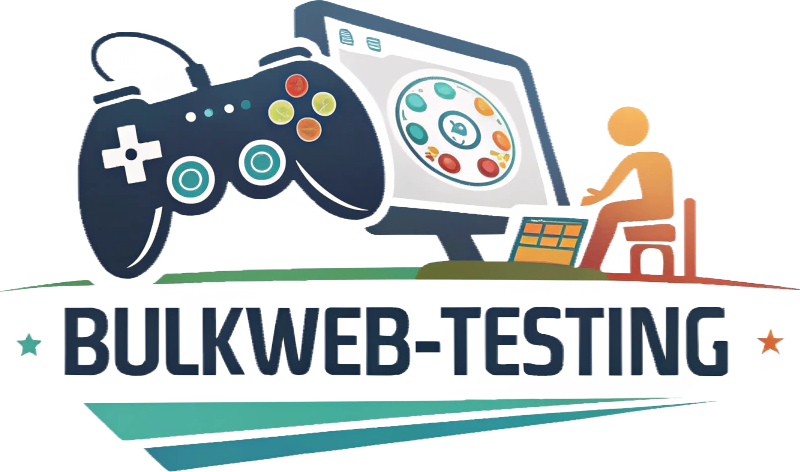The Art of Game Community Management: Building Empires with a Human Touch
In the vibrant world of online gaming, where millions of players connect, compete, and collaborate, the unsung heroes are the game community managers. These are the individuals who foster environments where players not only enjoy the games but feel a sense of belonging and connection. But what does it take to build and maintain a thriving game community? Let’s explore the artistry behind game community management.
Game community management is not just about moderating forums or posting updates on social media. It’s about crafting a narrative, nurturing relationships, and, ultimately, building a community that thrives on engagement and trust. At its core, it requires empathy, patience, and a deep understanding of gamer culture.
One might wonder why community management is so crucial in the gaming industry. The answer lies in the nature of gaming itself. Games are not just products; they are experiences. Players invest time, emotions, and often money into these experiences. A well-managed community enhances these experiences by providing a platform for players to share their stories, strategies, and achievements.
Let’s dive into some of the strategies that successful game community managers employ. Firstly, they listen. The best community managers understand that communication is a two-way street. They actively engage with the community, asking for feedback and, more importantly, acting on it. Whether it’s a bug that needs fixing or a feature that players are clamoring for, acknowledging and addressing community feedback can turn casual players into loyal fans.
Another crucial element is transparency. Players appreciate honesty. If a game is experiencing issues, being upfront about what’s happening and how the developers are working to resolve it builds trust. It also provides an opportunity to showcase the human side of game development, allowing players to connect with the team behind their favorite games.
Engagement is another key factor. Hosting events, competitions, or even simple Q&A sessions can spark excitement and bring players together. Themed events tied to in-game holidays or real-world events can also be a fantastic way to keep the community buzzing. Moreover, creating spaces for players to share user-generated content, such as fan art or gameplay videos, encourages creativity and further strengthens the community.
Budget constraints can be a concern, especially for indie developers. However, effective community management doesn’t always require a massive budget. Platforms like Discord and Reddit offer free ways to engage with the community. Even a simple Twitter poll or a Reddit AMA can create meaningful interactions. It’s about being present and responsive, rather than having the flashiest content.
Looking to the future, the role of community management is evolving. With the rise of virtual reality and augmented reality, the ways in which players interact with games and each other are changing. This evolution presents new challenges and opportunities for community managers, who must now consider how to foster connections in increasingly immersive environments.
In conclusion, game community management is a dynamic and essential aspect of the gaming industry. It’s about creating a space where players feel valued and heard, where their input shapes the game, and where they can connect with others who share their passion. As games continue to evolve, so too will the art of community management, but the core principle remains the same: at the heart of every great game is a great community.

